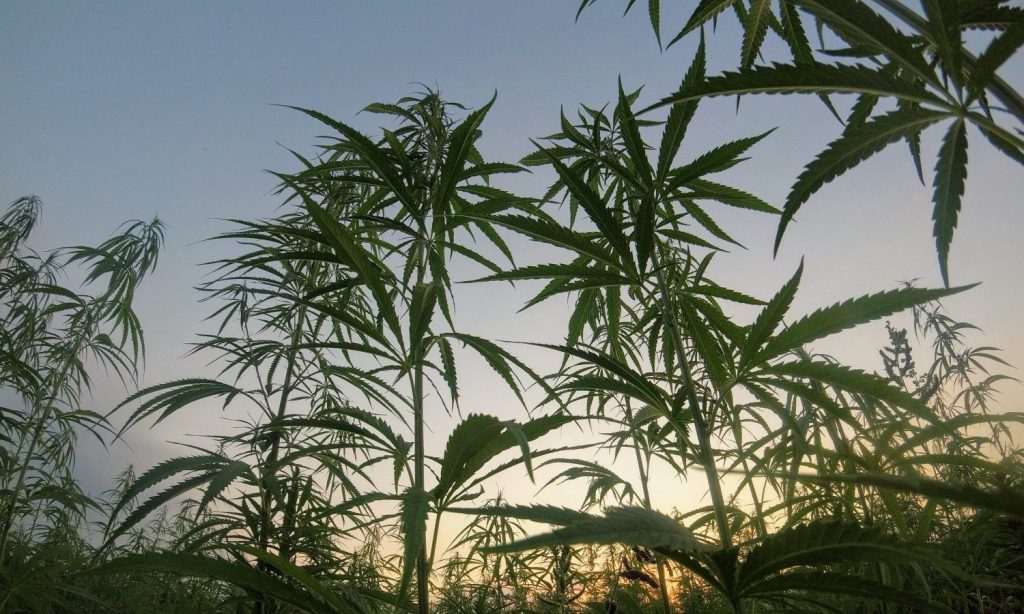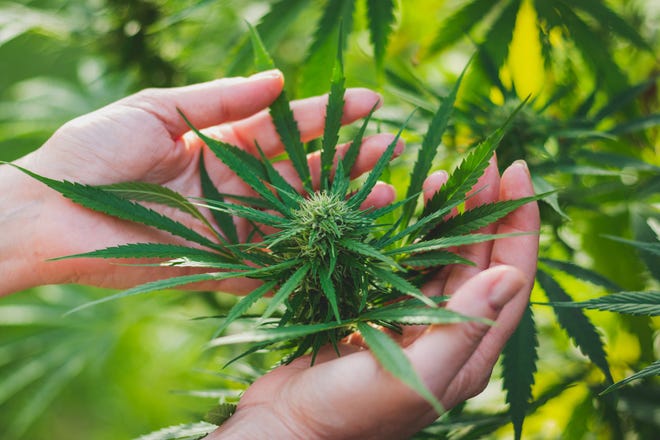With all the talk of the current devastation to the honeybee community, and the possible repercussions to humanity in general, it makes the small, buzzing creatures a rather important feature in our ecosystem. Honey, much like cannabis, provides all kinds of benefits to health and nutrition, and with a growing interest in cannabis honey, the two are coming together to create some of the best products on the market. If you were unaware of how cannabis and honey go together, read on.
The best thing to hit the world of cannabis isn’t shatter, or live resin, or even THC distillate. It’s delta-8 THC. Unlike delta-9 THC, the standard THC of marijuana, delta-8 THC actually produces slightly less psychoactive effect, causes less anxiety and paranoia, and provides a clear-headed, energetic high. It’s all the good stuff about THC, with less of the issues that cause people problems. If you’ve only heard about it, and never tried it, we’ve got great delta-8 THC deals so you can experience it for yourself.
A little bit about bees
The first thing to know about bees, is that they’re not all the same. When whizzing past your face, they may look the same, but a wasp, a yellowjacket, and a honeybee are all very different species of flying bug. We are most interested in honeybees. There are several types of honeybees, with the most common being Apis mellifera. This specific honeybee is also referred to as the European honeybee, or the Western Honeybee.
As social insects, honeybees reside together in hives, and actually have a pretty intricate communication system between them consisting of dancing movements, which can go in depth enough to explain to other bees exact locations of food sources, their size, and even quality. Each honeybee community has a queen bee, worker bees, and drone bees. Worker bees are female bees that never reach sexual maturity, with the queens being females that are bigger in size. Male bees are called drones.
I could go on talking about the particulars of honeybees, but it’s not terribly important. Here are a few things that are. Bees require two kinds of food. The first is honey, which is made from nectar from flowers. The second is pollen, which comes from the anthers of a flower. This nectar and pollen is individual to each species of flower, and each flower within the species. Most bees will only collect one or the other, pollen or nectar. While collecting, nectar gets stored in a stomach specifically for nectar, from which it is transferred to other bees in the hive to use for honey production. This is separate from the bee’s own regular stomach, however, a valve exists between the two so that the bee can use some of the nectar for energy if needed.







